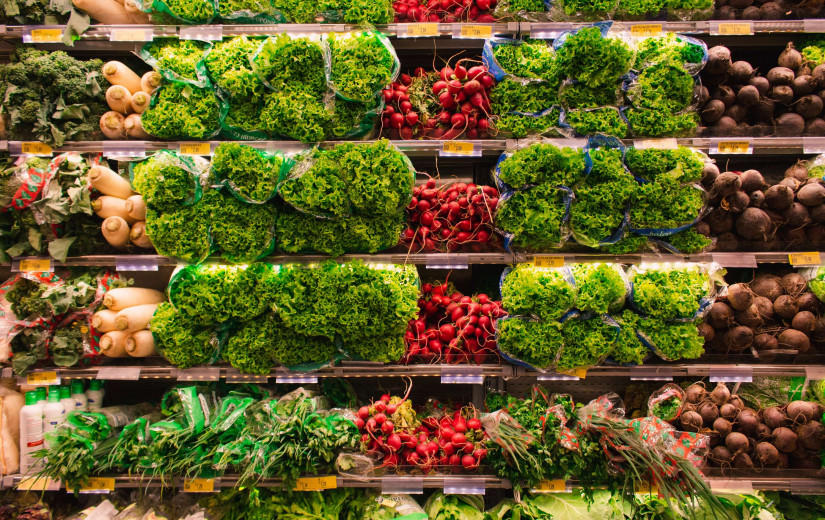How to Start Eating Healthy: A Step-by-Step Guide
Deciding to start eating healthy can be challenging. Every time you turn around, there's a new fad diet or another food that's bad for you. How do you know where to start? This guide will help make the transition to a healthy diet more manageable through the following changes:
1. Starting Slow On Your Dietary Journey
If you're used to eating many unhealthy foods, it's going to be tough to switch to healthy eating overnight. Start slowly by making minor changes to your diet. Instead of cutting out all unhealthy foods, start by eating smaller portions of them. Over time, you can begin to eliminate them from your diet altogether.
2. Making Sure You're Getting Enough Nutrients
When you're eating unhealthy foods, it's easy to get caught up in calorie counting and not pay attention to your nutrients. When you switch to healthy eating, make sure you're getting enough of the proper nutrients by eating various healthy foods.
3. Listening To Your Body
Your body will be your best guide when it comes to healthy eating. If you're feeling tired or sluggish, it's a good sign that you need to change your diet. Pay attention to how you feel after eating different foods and adjust accordingly.
4. Making Healthy Eating a Lifestyle
One of the most important things to remember about healthy eating is that it's not a diet; it's a lifestyle. Diets are restrictive and often difficult to stick to, but making healthy eating a part of your everyday life is accessible and sustainable. Try to find recipes that you enjoy and that are easy to make to stick with it long-term.
5. Minimize Intake of Processed Foods and Cutting Back On Sugar
One of the best things you can do for your health is minimize your intake of processed foods. Processed foods are often high in calories, sugar, and unhealthy fats, which can be challenging to digest.
Another most important aspect of healthy eating is cutting back on sugar. Sugar has empty calories that can lead to weight gain and other health problems. When you're switching to healthy eating, try to find recipes that use natural sweeteners like honey or agave instead of sugar.
6. Including More Plant Foods, Healthy Fats and Carbs in Your Diet
Eating more plant foods is a great way to ensure you're getting the nutrients your body needs. Plant foods are high in fiber, vitamins, and minerals and low in calories. Try incorporating more fruits, vegetables, and whole grains into your diet.
Healthy fats and carbs are a vital part of a healthy diet. Healthy fats minimize heart problems while carbs give you energy. When you're making the switch to healthy eating, make sure you include a variety of healthy fats and carbs in your diet.
7. Swapping Foods Professionally
If you're not sure where to start regarding healthy eating, try swapping out some of your favorite unhealthy foods for healthier alternatives. For example, if you love chocolate chip cookies, try making a batch with whole wheat flour and dark chocolate chips. On the other hand, if you're a fan of fried chicken, try baking it instead.
8. Embracing Volume Eating
One of the best ways to make sure you're getting enough nutrients is to practice volume eating. It means filling your plate with mostly fruits and vegetables and adding smaller amounts of protein and healthy fats. This way, you'll be getting the fiber and vitamins you need without overdoing them on the calories.
9. Consuming Enough Water and Eating Mindfully
Water is essential for good health, and it's necessary when you're trying to eat healthily. Make sure you're drinking eight glasses of water a day to stay hydrated and help your body function properly. You can up your water intake through sugar-sweetened beverages, like soda and juice, or by eating water-rich foods like fruits and vegetables.
Mindful eating is all about being present and aware of what you're eating. It means paying attention to your food's taste, texture, and smell and savoring it. It also means being aware of your hunger and fullness cues to eat when you're hungry and stop when you're satisfied. When you're starting, it can be helpful to eat with someone already eating mindfully. This way, you can learn from their example and get tips on being more mindful of yourself.
Final Thoughts
The most important thing to remember is a balanced healthy eating. Don't deprive yourself of the foods you love. Just make sure you're eating them in moderation and including a variety of other healthy foods in your diet. With a bit of effort, you can develop a healthy eating pattern that you can stick with for life.

















